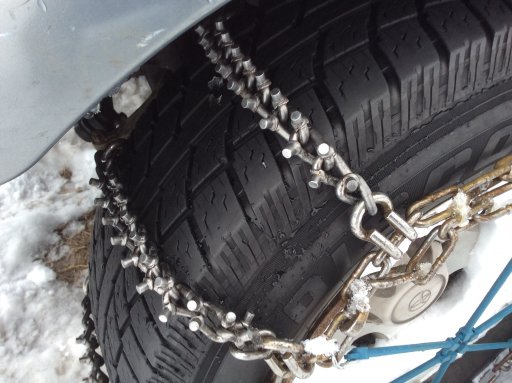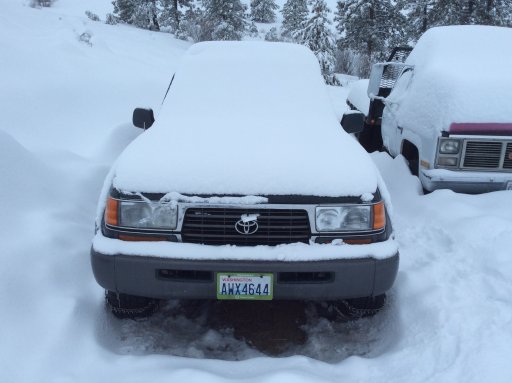Assuming you have chains available and strictly for off-pavement driving, when is it advised to air down vs chain up in winter? My understanding is that tires should be at full street pressure when running chains, so if you were aired down then decided to install chains you would have to air up first, is this correct?
I'm not worried about on the highway but I'm going to be getting heavy duty V-bar chains for gravel roads and trails and I'm curious if there are certain conditions or reasons why it would be better to air down instead of chaining up?
One example would be long distances of snowed in gravel roads. Chains mean a reduced speed for the whole drive. Would you take the speed penalty and just chain up to begin with or run aired down knowing you might have to air back up and then install chains later?
I've had 2 "puckering" experiences on icy hills so far this winter and that's enough!
Sent from my LG-H873 using Tapatalk
I'm not worried about on the highway but I'm going to be getting heavy duty V-bar chains for gravel roads and trails and I'm curious if there are certain conditions or reasons why it would be better to air down instead of chaining up?
One example would be long distances of snowed in gravel roads. Chains mean a reduced speed for the whole drive. Would you take the speed penalty and just chain up to begin with or run aired down knowing you might have to air back up and then install chains later?
I've had 2 "puckering" experiences on icy hills so far this winter and that's enough!
Sent from my LG-H873 using Tapatalk











